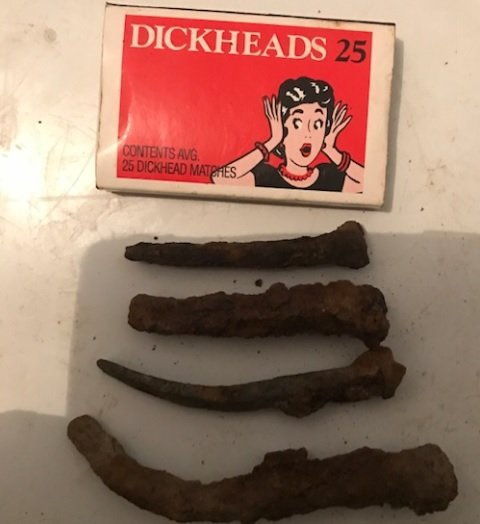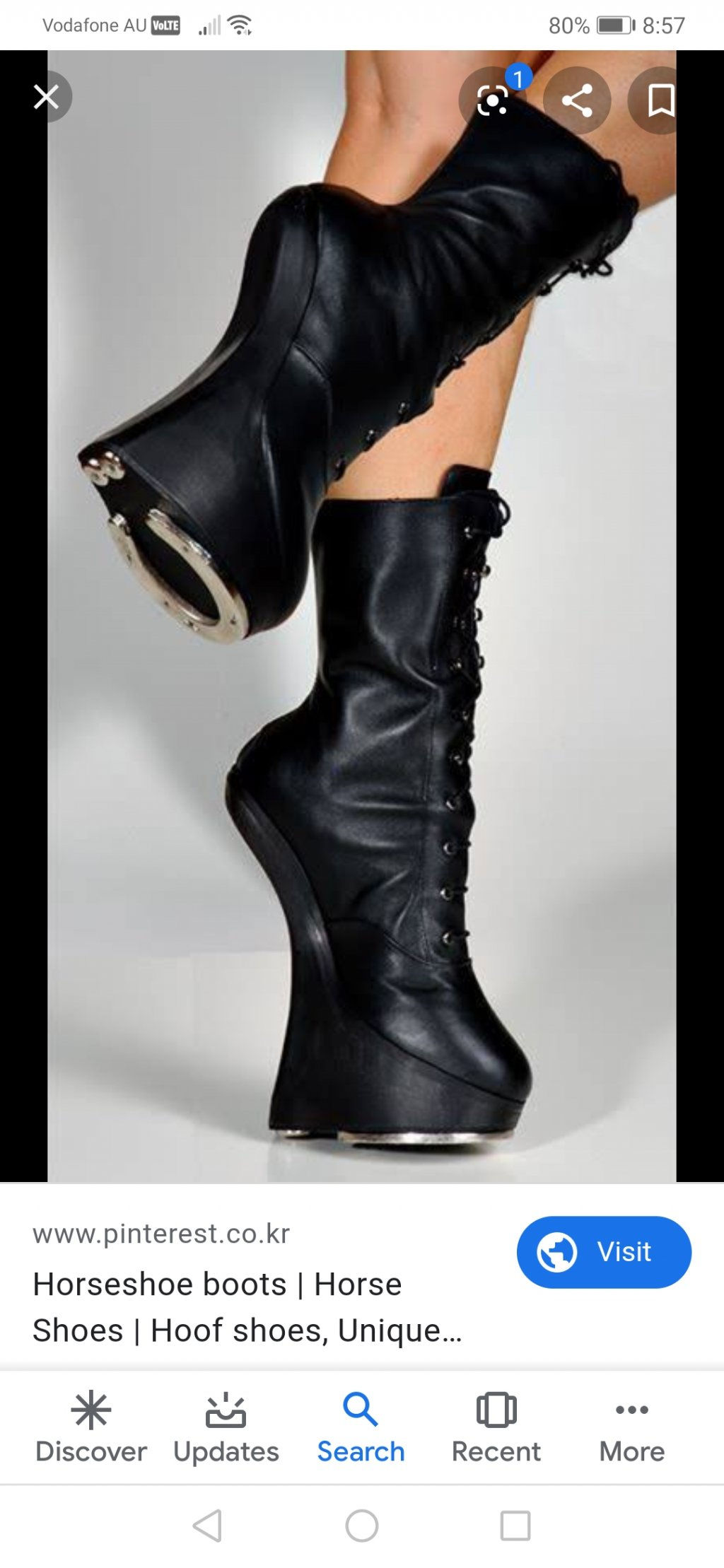- Joined
- Dec 28, 2018
- Messages
- 1,327
- Reaction score
- 3,370
This is the horseshoe i found about 3 weeks` ago and have been slowly cleaning it since then .
I am not a horse person and always assumed the horseshoes were made of steel ,but this one is made of lead with 4 square steel nails still in it on each side.
Some questions come to mind about this.
First of all , do the nails normally get taken out of the shoes when removed from the horse or do they simply pull the shoe away from the hoof with the nails still intact or was this possibly from the hoof of a dead horse ?
Secondly , does the fact it is made from lead indicate a particular time in history that this was the material they were made from ?
Thirdly , are the square nails used for any significant reason ?
Forth , did they use lead shoes for any particular purpose like a horse working on a puddler or possibly one who carts heavy material from a site or maybe a coach horse ?
Lastly , being 2 1/2 match boxes long , is this a big hoof ?
Thanks for any advice .
FOZ
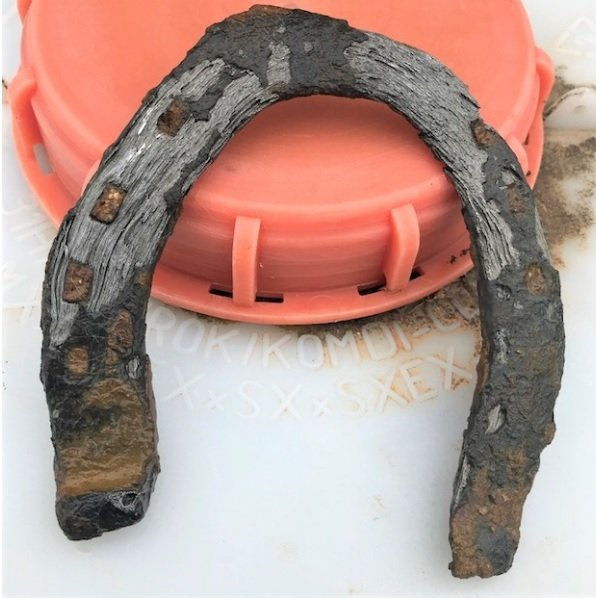
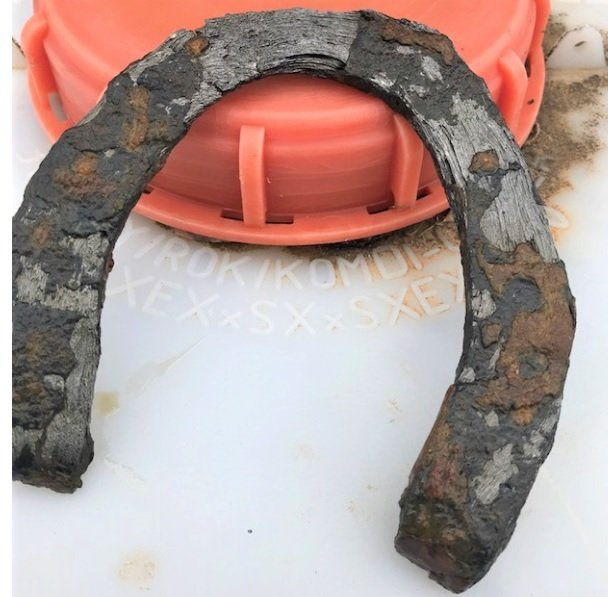
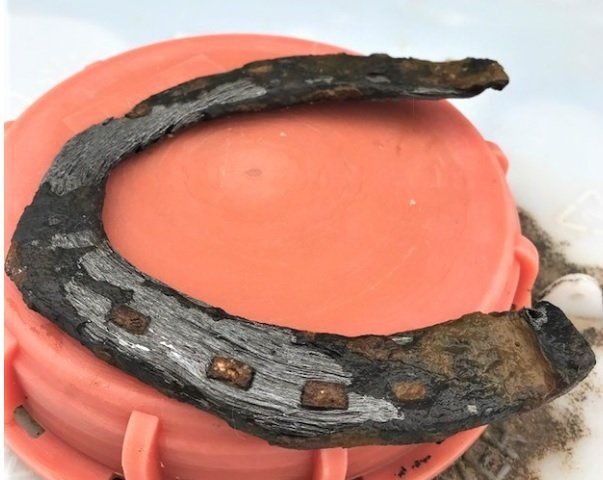
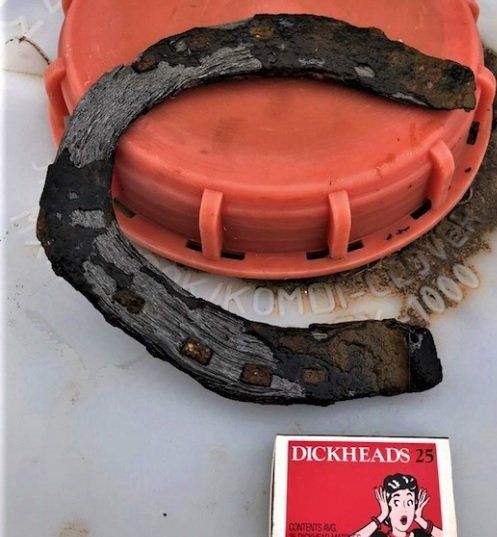
I am not a horse person and always assumed the horseshoes were made of steel ,but this one is made of lead with 4 square steel nails still in it on each side.
Some questions come to mind about this.
First of all , do the nails normally get taken out of the shoes when removed from the horse or do they simply pull the shoe away from the hoof with the nails still intact or was this possibly from the hoof of a dead horse ?
Secondly , does the fact it is made from lead indicate a particular time in history that this was the material they were made from ?
Thirdly , are the square nails used for any significant reason ?
Forth , did they use lead shoes for any particular purpose like a horse working on a puddler or possibly one who carts heavy material from a site or maybe a coach horse ?
Lastly , being 2 1/2 match boxes long , is this a big hoof ?
Thanks for any advice .
FOZ








